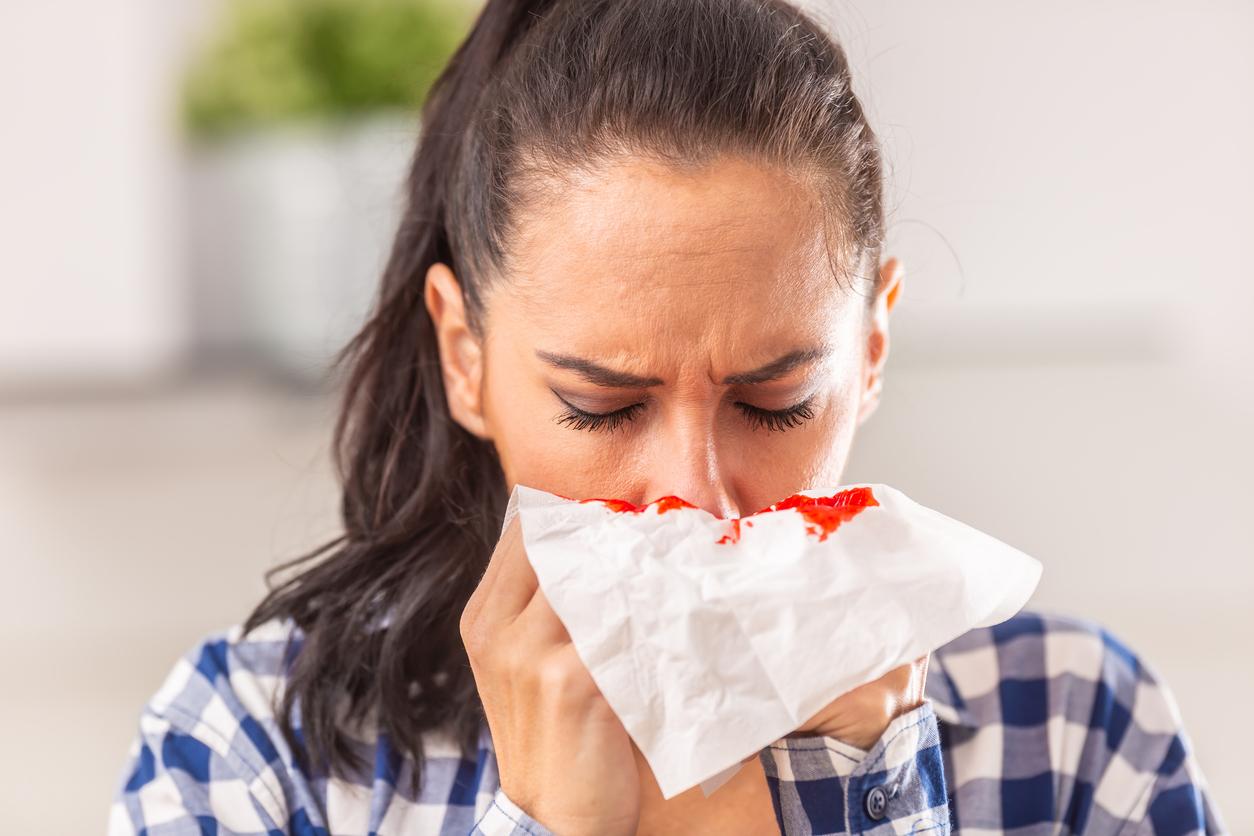Periodontal disease: what is it?
The periodontium is made up of tissues surrounding the tooth and which are used to maintain it in its housing (the alveolus).
Periodontal diseases therefore affect the supporting tissues of the tooth: the gums, the bone and the ligament. They are caused in the majority of cases by bacteria, viruses or even yeasts.
These bacteria are organized in biofilm, which explains their resistance to antiseptics and antibiotics. This appears in all hostile aqueous media. Bacteria are organized in a matrix made of proteins. But the development of bacteria is favored by a particular context: weakened immune defenses due to stress, cardiovascular diseases, poor dental hygiene, tobacco, diabetes…
You knew it ? 87% of people aged 35 to 65 have chronic periodontitis (periodontal pocket larger than 3 mm)
Periodontal disease: symptoms
The main symptoms experienced by the patient are redness (the color of the gums is changed), bleeding (spontaneous or during brushing), edema (swelling of the gums) or even tingling, the pain being rarer.
The periodontium is progressively destroyed under the effect of inflammation, resulting in the destruction of the attachment system. The bone gradually disappears and the tooth begins to move. There is also the appearance of periodontal pockets, caused by a detachment of the gum which no longer adheres to the tooth by destruction of the attachment system. This last symptom is the most revealing for the dentist.
Periodontal disease: more or less serious
– Gingivitis: this disease is reversible. It is caused by an overabundance of microbes that can be eliminated through good dental hygiene. It is best to brush your teeth vertically and clean the areas between your teeth several times a day. Gingivitis does not cause pockets or destruction of the bone.
– Chronic periodontitis: they are caused by an overabundance of dental plaque and affect more particularly people over 40 years of age. These plaques grow slowly but rarely cause tooth loss.
– Aggressive periodontitis: they are characterized by loss of attachment and destruction of bone. They are diagnosed with the use of a probe or an X-ray assessment which will note the bone loss.
Periodontal disease: how to cure?
The basis is to eliminate microbes. This is done at the dentist by scaling, as well as through good daily hygiene with brushing several times a day. Frequent removal of tartar is therefore essential in the fight against these diseases.
Recourse to surgery is also possible and necessary for certain extreme cases. The dentist suggests the use of implants. This consists of placing a false titanium root screwed into the jaw bone to replace the teeth that are too badly affected.
















